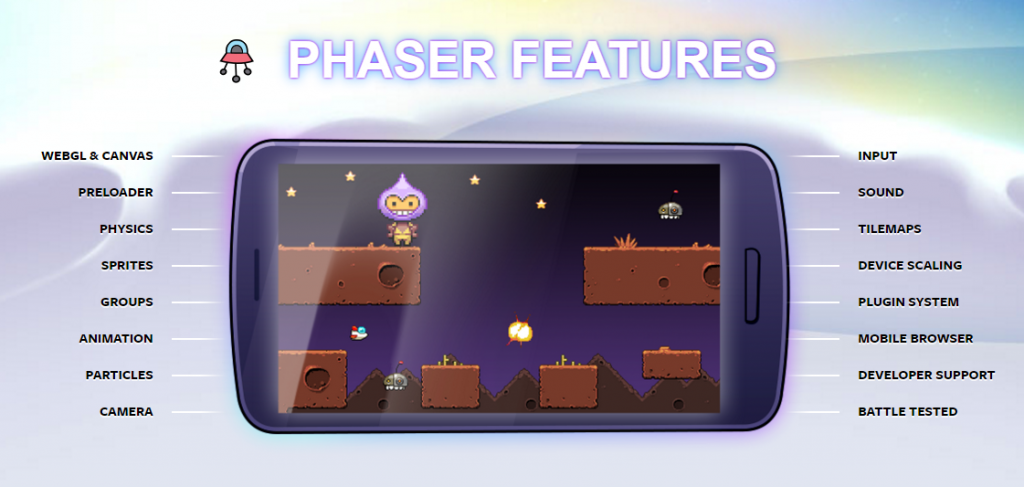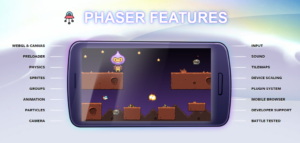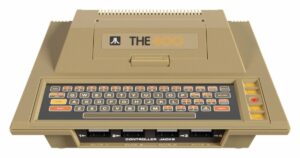HTML5 Framework Comparisons: Which One is Right for Your Game?
In the current milieu of game development, HTML5 frameworks have emerged as powerful tools enabling developers to create engaging, interactive, and immersive gaming experiences. As the demand for browser-based games escalates, the plethora of HTML5 frameworks on the market necessitates a discerning approach for developers seeking the optimal framework for their unique game projects. Accordingly, this article delves into the various facets of HTML5 frameworks, meticulously comparing their features, strengths, and limitations to assist developers in making informed decisions aligned with their project goals.
The Revolution of HTML5 Gaming
HTML5, the fifth iteration of the Hypertext Markup Language, has heralded a new epoch in web technologies. This language allows developers to craft sophisticated and visually stunning games that run seamlessly across different platforms without the need for additional plugins. Its responsive design, coupled with powerful capabilities such as rendering graphics via the Canvas element, leveraging WebGL for 3D graphics, and enabling multimedia integration with the
In addition to its technical prowess, HTML5 frameworks have been pivotal in enhancing user experience. They foster a play environment that encourages engagement and fosters emotional connections. This is particularly important in crafting mood-boosting experiences where the gameplay, graphics, and interaction meld harmoniously to uplift players’ spirits. Thus, understanding the nuances of various HTML5 frameworks is paramount for developers aiming to amplify the emotional impact of their games.
A Spectrum of Frameworks
The landscape of HTML5 frameworks is diverse, and each framework offers a unique set of tools designed to simplify specific aspects of game development. Below, three prominent frameworks are examined: Phaser, Three.js, and Babylon.js. Each presents distinctive capabilities and ideal use cases.
Phaser: The Versatile Powerhouse
Phaser stands as one of the most revered frameworks in the HTML5 game development sphere. Its user-friendly nature and comprehensive documentation cater to both novice and seasoned developers alike. Notably, Phaser supports both 2D and 3D game development frameworks, making it an all-encompassing choice for a wide spectrum of game types.
Among its myriad features, the ability to manage sprites, handle physics, and include sound capabilities are paramount in creating dynamic gameplay experiences. Developers are afforded the flexibility to instantiate various game mechanics efficiently, promoting a gamification strategy that can significantly enhance player engagement. Furthermore, the community surrounding Phaser is robust, providing a wealth of resources, tutorials, and plugins that allow for collaborative innovation.
However, it is imperative to consider that while Phaser excels in 2D game development, its 3D capabilities may not match those of more specialized frameworks such as Three.js or Babylon.js. Consequently, for games that predominantly rely on intricate 3D graphics, developers might need to assess whether Phaser meets their artistic aspirations.
Three.js: The 3D Maestro
Three.js simplifies the intricacies of 3D rendering by harnessing the power of WebGL, providing a comprehensive suite of tools for developers eager to create immersive 3D environments. It empowers developers to craft visually stunning graphics, characterized by realistic lighting, shadows, and materials, resulting in an aesthetic that captivates the visual senses.
Furthermore, the framework offers extensive support for animations and particle systems, allowing developers to engender a vibrant aesthetic. This visual spectacle is particularly beneficial in fostering immersive experiences, thereby enhancing the emotional connection players have with the game. Given its emphasis on 3D graphics, Three.js is exceptionally suited for developing complex, visually-oriented games, which can lead to mood-boosting experiences through their captivating visual narratives.
Nonetheless, the steep learning curve associated with Three.js may deter beginners. Developers with more modest programming backgrounds might find the complexity overwhelming, leading them to favor more user-friendly frameworks. Ultimately, developers must weigh their ambition against their technical comfort level when considering Three.js for their projects.
Babylon.js: The All-Encompassing 3D Experience
Babylon.js emerges as another formidable contender within the realm of HTML5 game frameworks. Distinctive in its approach, this framework unites the power of WebGL with a user-friendly interface, catering to developers seeking a robust yet approachable solution for crafting stellar 3D games.
Babylon.js is lauded for its ability to facilitate rapid prototyping, enabling developers to iterate quickly and refine their games effectively. The framework offers a plethora of built-in features, including physics engines, audio integration, and a comprehensive material library, which significantly aids in streamlining the development workflow.
Additionally, Babylon.js excels in supporting multi-platform gaming experiences, ensuring that games run smoothly across a variety of devices, from desktops to mobile platforms. This versatility not only broadens the potential audience for a game but also enhances engagement, as players can seamlessly transition between devices without sacrificing the quality of their experience.
Yet, developers should note that the impressive capabilities of Babylon.js come with increased complexity. As such, while it offers expansive tools for creating a rich gaming experience, it may introduce challenges in terms of optimization and performance, particularly for less powerful devices, which can detract from the overall player experience.
Choosing the Right Framework: A Composite Approach
The choice of an HTML5 game framework is contingent upon various factors, including the specific requirements of the game, the target audience, and the development team’s expertise. A framework that excels in one area may lack the necessary components for another, necessitating a tailored approach to selection.
For developers creating 2D games with less complex graphics and physics, Phaser serves as an excellent choice, combining ease of use with powerful features that foster player immersion and engagement. Conversely, Three.js emerges as the premier option for those aiming to produce visually intricate 3D experiences, albeit potentially at the cost of a steeper learning curve. Finally, Babylon.js shines in its versatility and ease of use, making it suitable for developers looking to create rich 3D games with cross-platform accessibility.
In conclusion, the realm of HTML5 frameworks offers an astonishing range of options, each imbued with distinctive attributes that cater to various projects and development styles. A nuanced consideration of the frameworks’ strengths and limitations, juxtaposed with the project’s objectives and target audience, will empower developers to select the framework that best aligns with their creative vision. Ultimately, the right framework can catalyze the development of engaging, emotionally resonant games, elevating the player’s experience beyond mere entertainment into a mood-enhancing journey.



